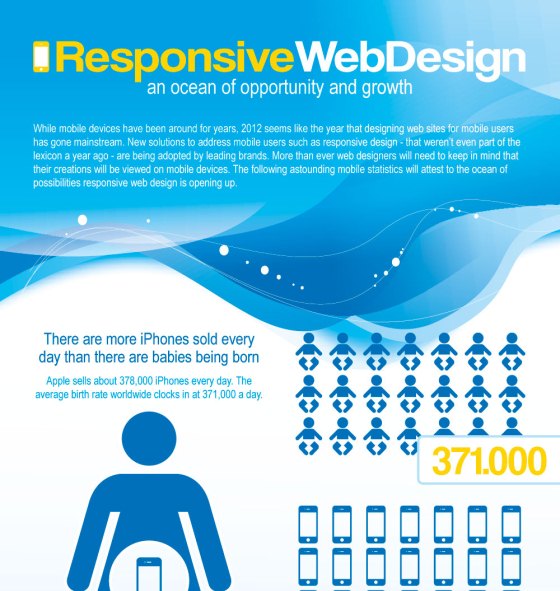Annoyed With Sluggish Loading Times And Confusing Navigation? Discover Just How Receptive Style And Enhanced Page Speed Can Boost Your Web Site'S User Experience
Annoyed With Sluggish Loading Times And Confusing Navigation? Discover Just How Receptive Style And Enhanced Page Speed Can Boost Your Web Site'S User Experience
Blog Article
Article By-Lamont Chang
Have you ever before went to a site that took permanently to tons, had a complicated navigation system, or really did not display correctly on your mobile phone? Chances are, you rapidly abandoned that website and proceeded to one that supplied a better individual experience.
In today's competitive online landscape, it's critical for businesses to prioritize website design that enhances customer experience in order to drive better conversions. In this discussion, we will check out the importance of responsive style, the use of instinctive navigating, and the optimization of web page tons speed to produce a seamless and engaging customer journey.
Stay tuned to discover just how these elements can substantially affect your web site's success.
Significance of Responsive Design
Responsive layout is vital in today's digital landscape for creating sites that adjust perfectly to various screen sizes and tools. When your website is responsive, it instantly readjusts its format and web content to fit any gadget, whether it's a smartphone, tablet computer, or desktop. This is critical due to the fact that increasingly more individuals are accessing the internet via their smart phones.
If your website isn't receptive, it can result in an inadequate individual experience. Customers might have to squeeze and zoom to read material, switches may be also tiny to click on, and photos may not be maximized for smaller displays. This can discourage individuals and result in high bounce prices and low conversions.
Utilizing User-friendly Navigation
When designing a responsive internet site, it is very important to concentrate on using instinctive navigation for a boosted user experience.
Intuitive navigation refers to organizing your website's menu and navigating components in a sensible and easy to use method. By doing so, https://techpoint.africa/2022/07/05/become-marketing-growth-expert-tech make it less complicated for site visitors to discover what they're seeking and navigate with your site effortlessly.
https://andyicxqk.dm-blog.com/30351635/maximizing-your-web-site-for-mobile-devices-to-improve-its-ranking -friendly navigating helps in reducing complication and disappointment, ultimately leading to far better individual interaction and raised conversions.
To accomplish instinctive navigation, take into consideration utilizing clear and descriptive tags for your menu items, executing a regular format throughout all web pages, and incorporating search functionality for fast accessibility to details content. Additionally, it's essential to prioritize vital web pages and information, ensuring they're plainly displayed and quickly available.
Optimizing Web Page Lots Rate
To boost customer experience, it's important to optimize the page lots speed of your website. Slow packing times can irritate users and bring about higher bounce rates.
The good news is, there are a number of approaches you can apply to improve your site's load speed. Firstly, consider minimizing the size of your images by pressing them without endangering top quality.
Furthermore, enhance your code by lowering unneeded scripts and CSS files. Another efficient technique is to leverage internet browser caching, which permits certain elements of your web site to be kept locally, decreasing load times for returning site visitors.
Moreover, consider using a web content shipment network (CDN) to disperse your web site's data across multiple servers, improving load rate for customers in various geographical locations.
improve website seo
In conclusion, by using responsive style, user-friendly navigation, and optimizing page tons rate, web designs can significantly boost user experience and drive better conversions.
With an easy to use interface, simple navigation, and quick loading times, websites can record and maintain the attention of individuals, leading to enhanced interaction and greater conversion prices.
So, don't delay in carrying out these web design strategies to make sure a smooth and effective customer experience!
